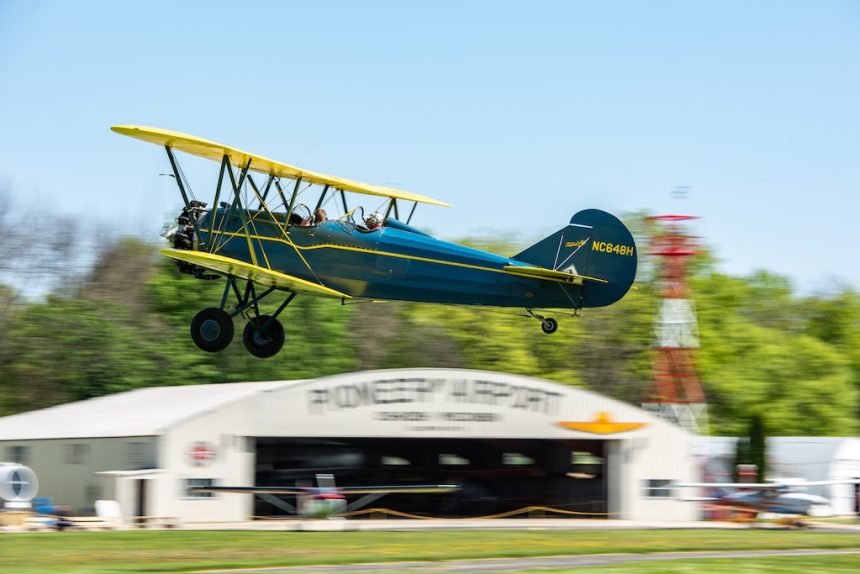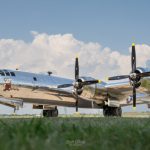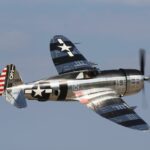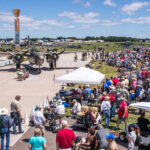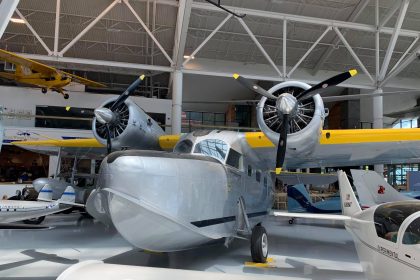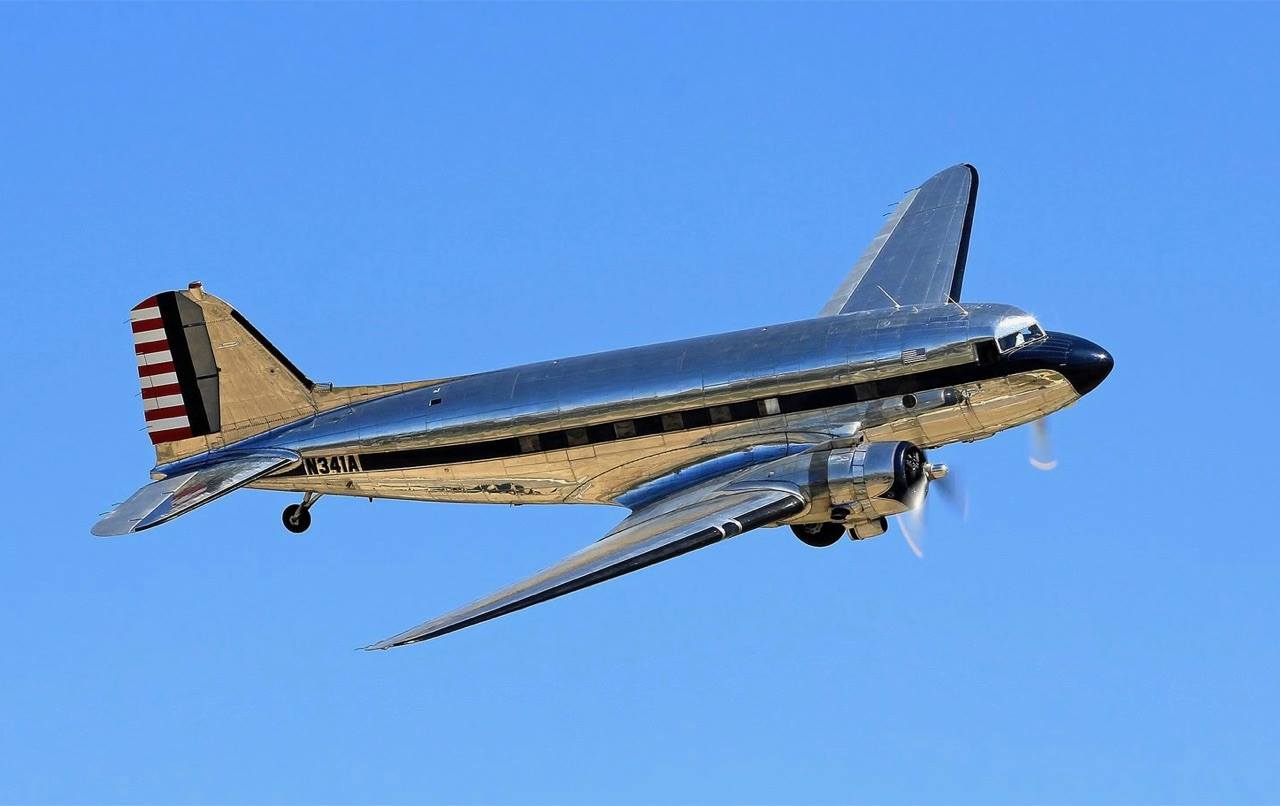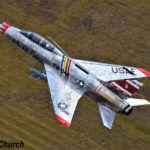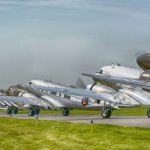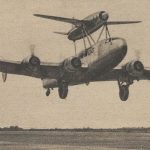OSHKOSH, Wisconsin — Two iconic aircraft from aviation’s Golden Age will be celebrated at EAA AirVenture Oshkosh 2025, as Fairchild and Travel Air mark their centennial anniversaries. The 72nd annual Experimental Aircraft Association (EAA) fly-in convention will take place from July 21-27 at Wittman Regional Airport in Oshkosh, Wisconsin. To commemorate this milestone, Fairchild and Travel Air aircraft will be featured on the AirVenture flightline, accompanied by special programs and activities in collaboration with their respective type clubs. All owners of these historic aircraft are invited to participate in the centennial celebrations.
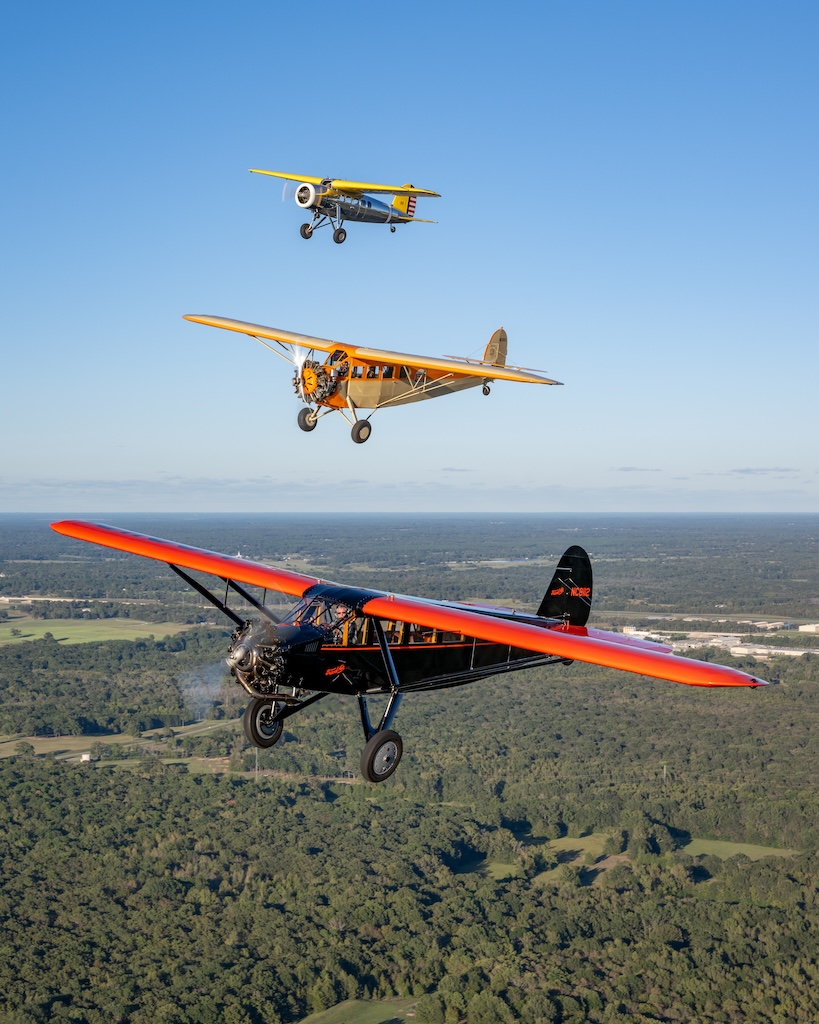
“Although both Fairchild and Travel Air were founded in 1925, their journeys through aviation history followed distinctly different paths,” said Rick Larsen, EAA’s vice president of communities and member programs, who oversees AirVenture features and attractions. “Each played a significant role in shaping the evolution of flight, particularly during the transformative years between 1920 and 1940.”
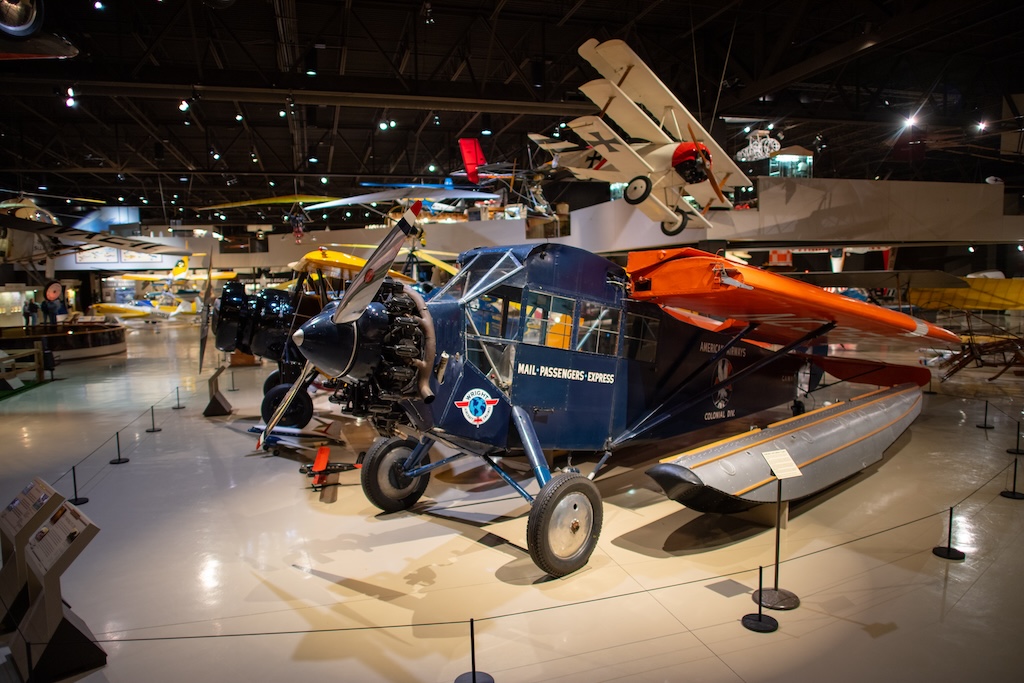
Fairchild: A Legacy of Innovation and Utility
Established in 1925, Fairchild Aircraft initially focused on designing aircraft suited for aerial photography and mapping. Over its first 15 years, the company produced a variety of civilian passenger aircraft before shifting to military production during World War II, manufacturing trainers and transport aircraft. In the 1960s, Fairchild expanded through acquisitions of Hiller Aircraft and Republic Aircraft. Its most notable final production aircraft was the A-10 Thunderbolt II—also known as the “Warthog”—which entered service in 1972 and remained in production until 1984. The EAA Aviation Museum houses the world’s oldest surviving Fairchild aircraft, a 1927 FC-2W, which originally flew for Interstate Airlines before becoming part of early American Airlines operations.
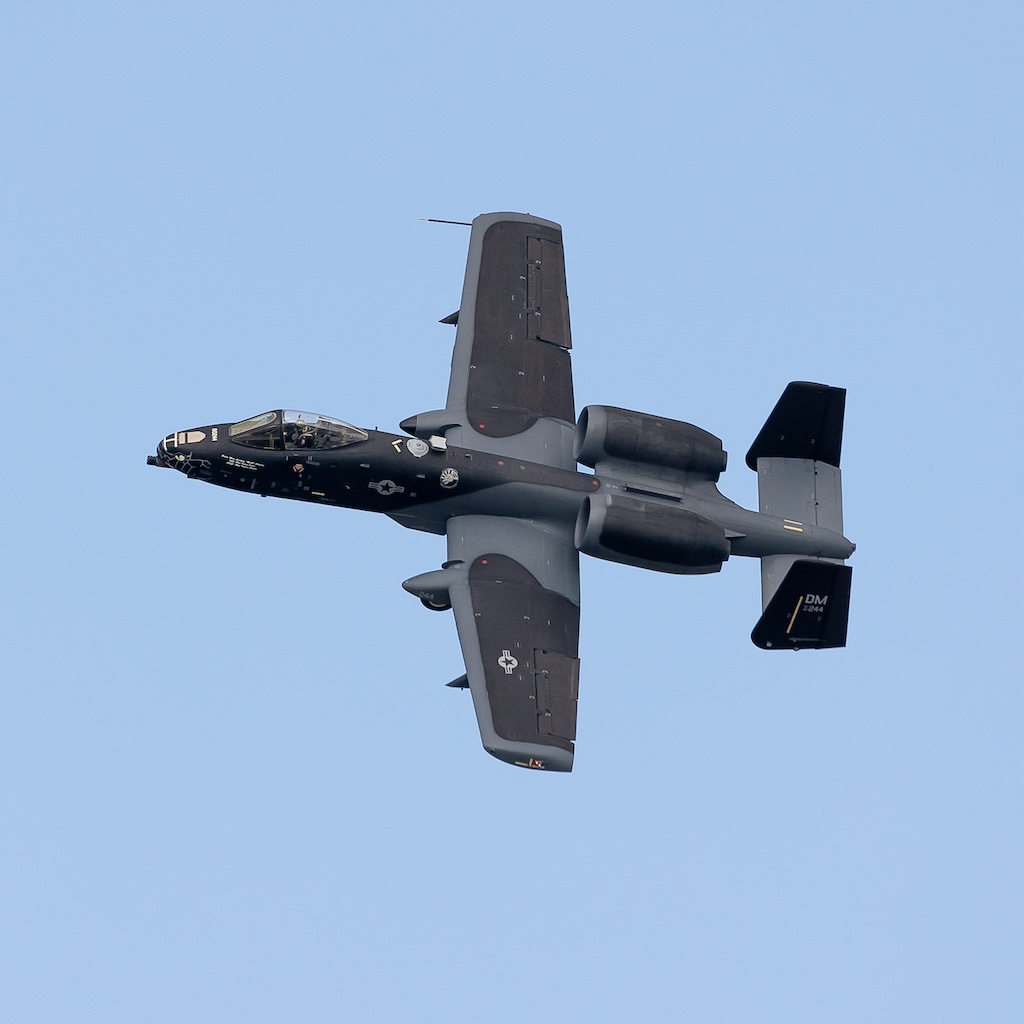
Travel Air: A Historic Collaboration of Aviation Pioneers
The Travel Air Manufacturing Company was founded in 1925 by three legendary figures in aviation history: Walter Beech, Clyde Cessna, and Lloyd Stearman. Operating from a modest 30-by-30-foot workshop in downtown Wichita, Kansas, they produced a series of versatile biplanes. As their careers evolved, Stearman and Cessna departed to establish their own companies, and Travel Air was ultimately absorbed into Curtiss-Wright Corporation in 1929. Production ceased in 1931 due to the economic downturn of the Great Depression. EAA continues to preserve the legacy of Travel Air with its Travel Air 4000, which remains one of the world’s oldest aircraft still offering passenger flights as part of seasonal operations at the EAA Aviation Museum’s Pioneer Airport.
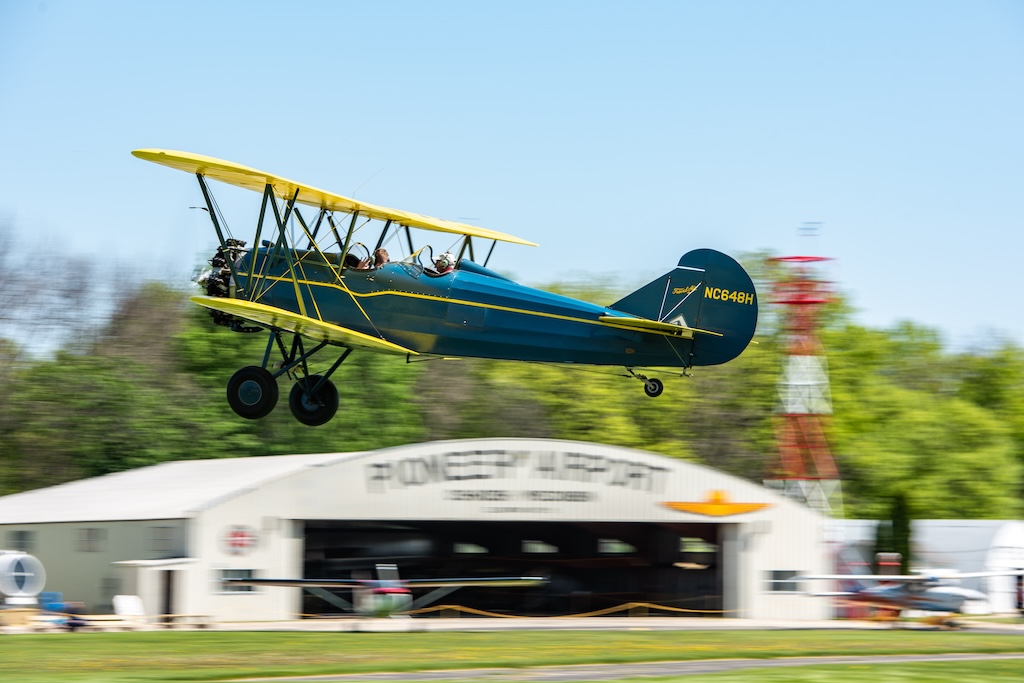
Honoring a Century of Aviation Excellence
EAA AirVenture Oshkosh 2025 will provide a unique opportunity for aviation enthusiasts, historians, and aircraft owners to celebrate the rich heritage of Fairchild and Travel Air. These centennial commemorations will showcase the enduring impact of these manufacturers and their contributions to the evolution of flight. For more information on AirVenture 2025 and the Fairchild and Travel Air centennial celebrations, visit www.EAA.org/AirVenture.







